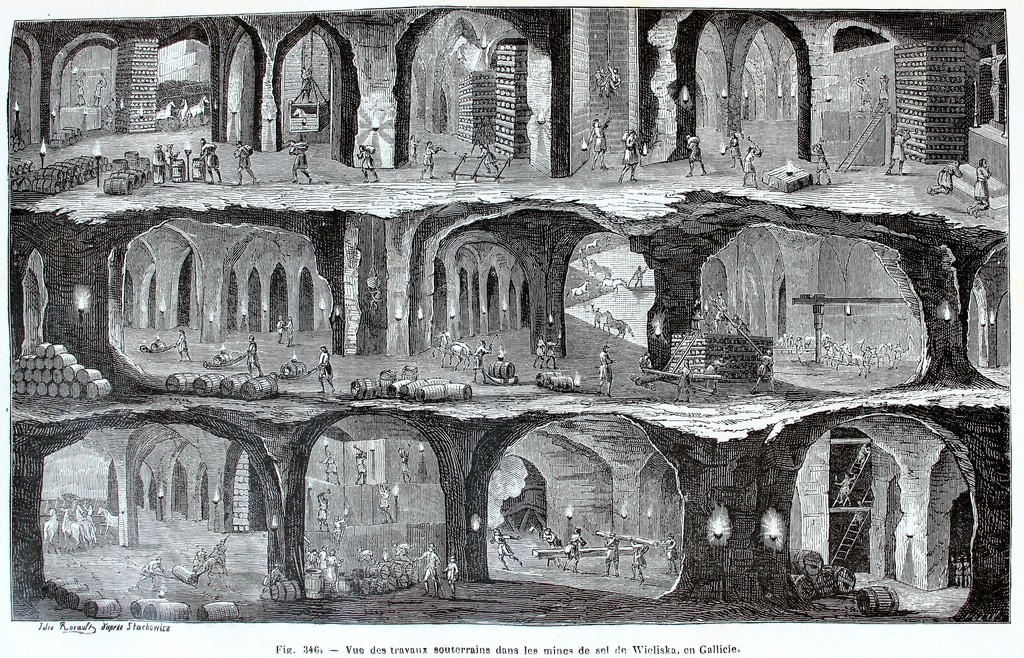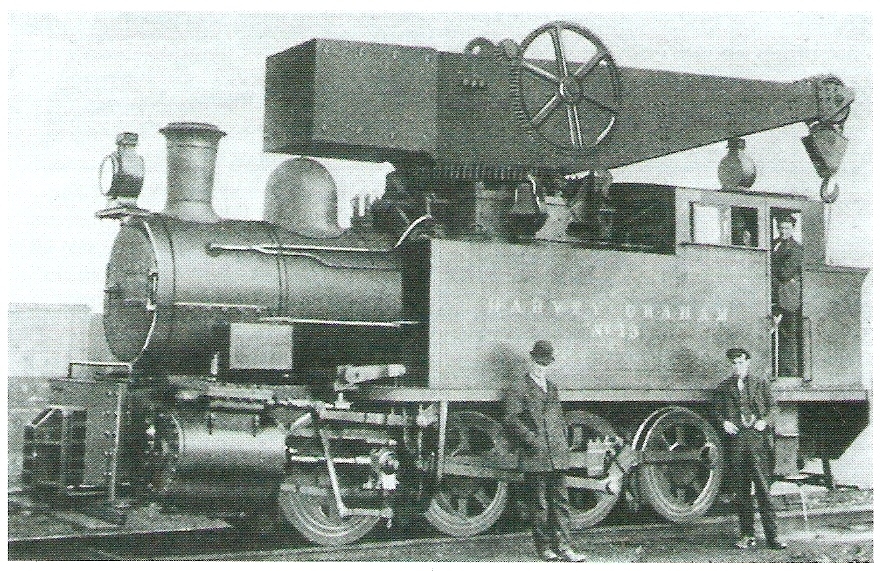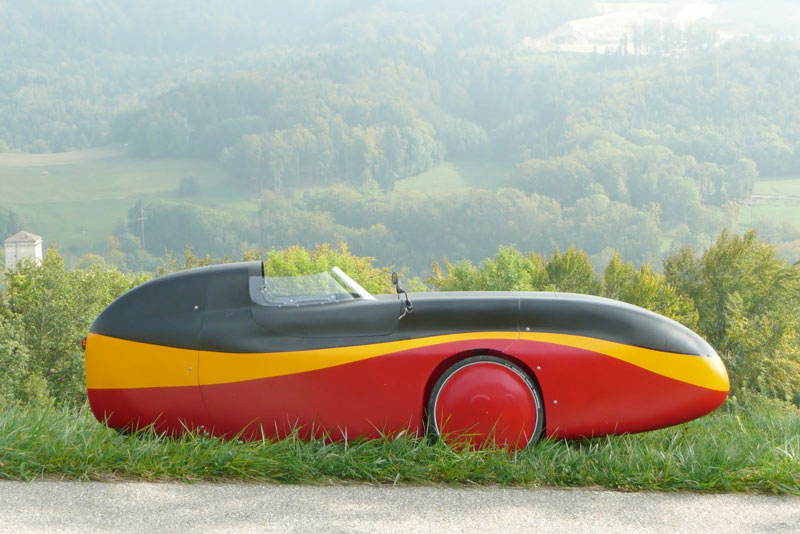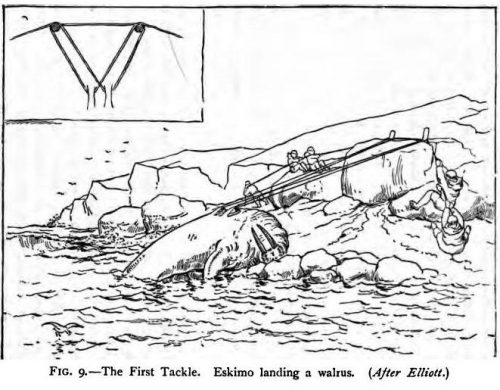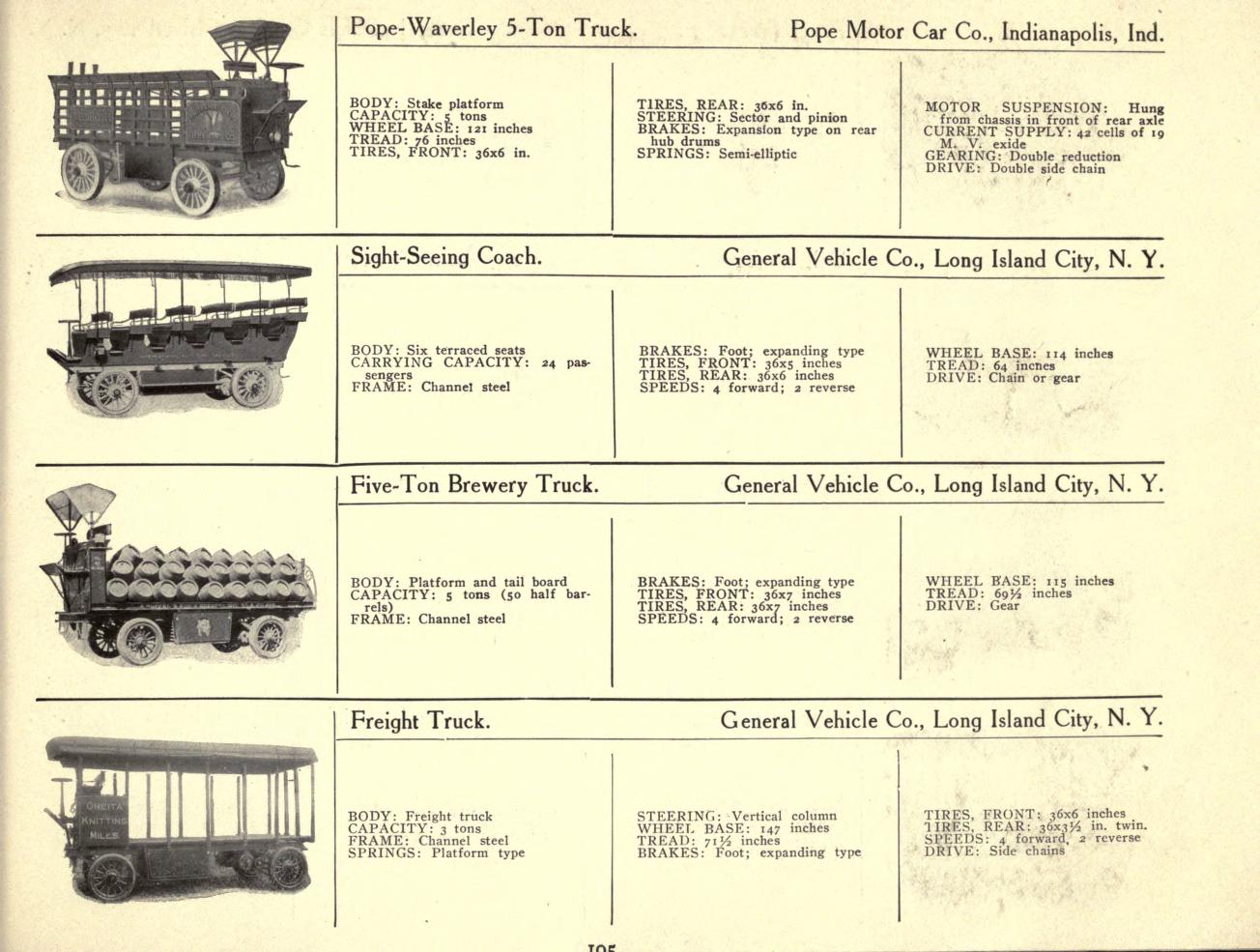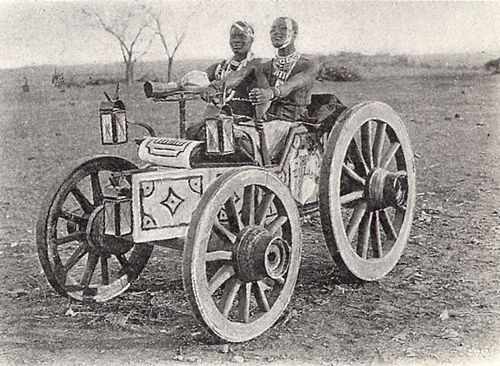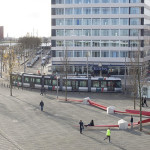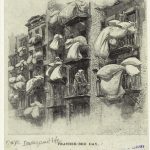“Les merveilles de l’industrie, ou description des principales industries modernes”, Louis Figuier (1873-1877). The 4-volume book is in French, but the engravings are indeed wonderful: Part 1 (750 pages), Part 2 (736 pages), Part 3 (687 pages) & Part 4 (744 pages). A sample of the illustrations of part one and four can be found here and here. Below: salt mines in Wieliska, Poland (extra large illustration). Related: Three thousand pages of 19th century technology.
The Wonders of Industry (1873-1877)
Crane Locomotives
“At the beginning of the 20th century, all essential transport and machine movement, even in the building trade, was by water or rail. This left its marks on the cranes of the day, and a large number of rail-mounted crane structures were utilized – including the rather strange looking ‘crane locomotives’. These were steam locomotives to which a steam crane had been added.”
Quote & picture from “The History of Cranes (The Classic Construction Series)“, Oliver Bachmann (Amazon link). More pictures below.
Belgian Recumbent Tricycles
The Origins Of Invention: Industry Among Primitive Peoples
Introduction
Tools and mechanical devices
Invention and uses of fire
Stone-working
The potter’s art
Primitive uses of plants
The textile industry
War on the animal kingdom
Capture and domestication of animals
Travel and transportation
The art of war
Conclusions
Index
“The origins of invention: a study of industry among primitive peoples“, Otis T. Mason, 1895. Related: Primitive technology handbook.
Overview of Early Electric Trucks (1907 Catalog)
Why Bicycles are Faster than Cars
“The model American male devotes more than 1,600 hours a year to his car. He sits in it while it goes and while it stands idling. He parks it and searches for it. He earns the money to put down on it and to meet the monthly installments. He works to pay for gasoline, tolls, insurance, taxes, and tickets. He spends four of his sixteen waking hours on the road or gathering his resources for it.”
“The model American puts in 1,600 hours to get 7,500 miles: less than five miles per hour. In countries deprived of a transportation industry, people manage to do the same, walking wherever they want to go, and they allocate only 3 to 8 per cent of their society’s time budget to traffic instead of 28 per cent. What distinguishes the traffic in rich countries from the traffic in poor countries is not more mileage per hour of life-time for the majority, but more hours of compulsory consumption of high doses of energy, packaged and unequally distributed by the transportation industry.”
“Man on a bicycle can go three or four times faster than the pedestrian, but uses five times less energy in the process. He carries one gram of his weight over a kilometer of flat road at an expense of only 0.15 calories. The bicycle is the perfect transducer to match man’s metabolic energy to the impedance of locomotion. Equipped with this tool, man outstrips the efficiency of not only all machines but all other animals as well. The bicycle lifted man’s auto-mobility into a new order, beyond which progress is theoretically not possible.”
“Bicycles are not only thermodynamically efficient, they are also cheap. With his much lower salary, the Chinese acquires his durable bicycle in a fraction of the working hours an American devotes to the purchase of his obsolescent car. The cost of public utilities needed to facilitate bicycle traffic versus the price of an infrastructure tailored to high speeds is proportionately even less than the price differential of the vehicles used in the two systems.”
Quoted form “Energy and Equity“, Ivan Illich, 1978. The image was found on the website Old Woodies. Previously: Cars, out of the way. More bicycle posts.
